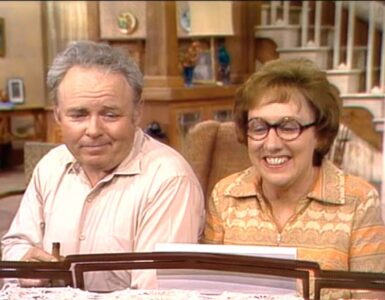If you’ve ever enrolled in a basic American history course, or paid even the slightest amount of attention in your social studies courses, you’ll be at least peripherally aware of the context undergirding our nation’s founding. During the 1760s and 1770s, North American colonists grew increasingly vexed and resentful toward British imperial policies surrounding taxation and expansion. In essence, the colonists viewed the British as overly domineering, too overzealous in exerting influence over lands they grew increasingly convinced could be more effectively governed independently. Colonial rabble-rousing grew more disconcerting after Concord, Lexington and the Boston Tea Party in the early 1770s; resulting in the draconian closure of the lucrative port in Boston and the implementation of martial law in the colony of Massachusetts.
Beginning in the winter of 1775-1776, members of the Continental Congress began to regard a formal reconciliation with Great Britian impossible. Favor among the colonists for independence was further aroused by Thomas Paine’s seminal publication of the pamphlet Common Sense, which delineated a rational argument for separation from the mother state.
By early-June of 1776, Congress had summoned Thomas Jefferson to draft a formal declaration of independence from Great Britain. In conjunction with John Adams, the document was drafted and ratified by the Congress on July 4, 1776. The British government initially viewed the document as somewhat farcical, though their skepticism was quickly dashed. The revolutionary spirit had been awakened in American, reached its conclusion at Yorktown in 1781.
In deference to America’s independence, here are some additional facts about the Declaration of Independence and the ensuing Revolutionary War.
The Myth of July 4th
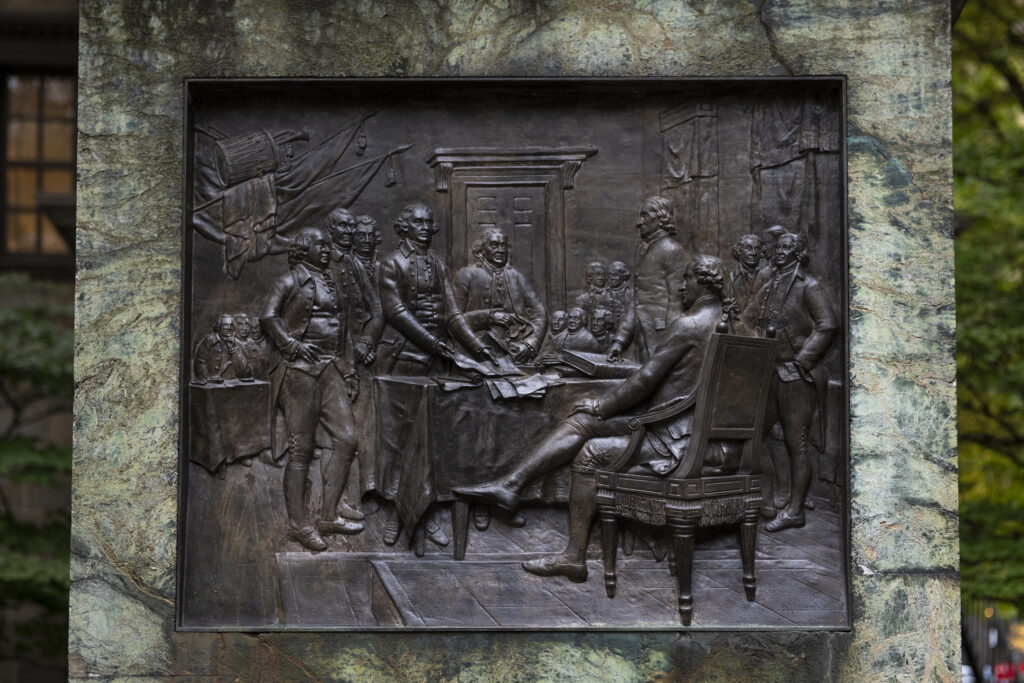
© Tiago Lopes Fernandez
| Dreamstime.com
The Declaration of Independence, contrary to popular belief, was not actually signed on the 4th of July. Officially, separation from Great Britian was finalized on July 2nd, 1776; not the 4th. Feuding between the two dominant political perspectives at the times, espoused by the dialectically opposite Federalists and Republicans, delayed the release of the edited document until July 4th.
The Maturation of Independence Day
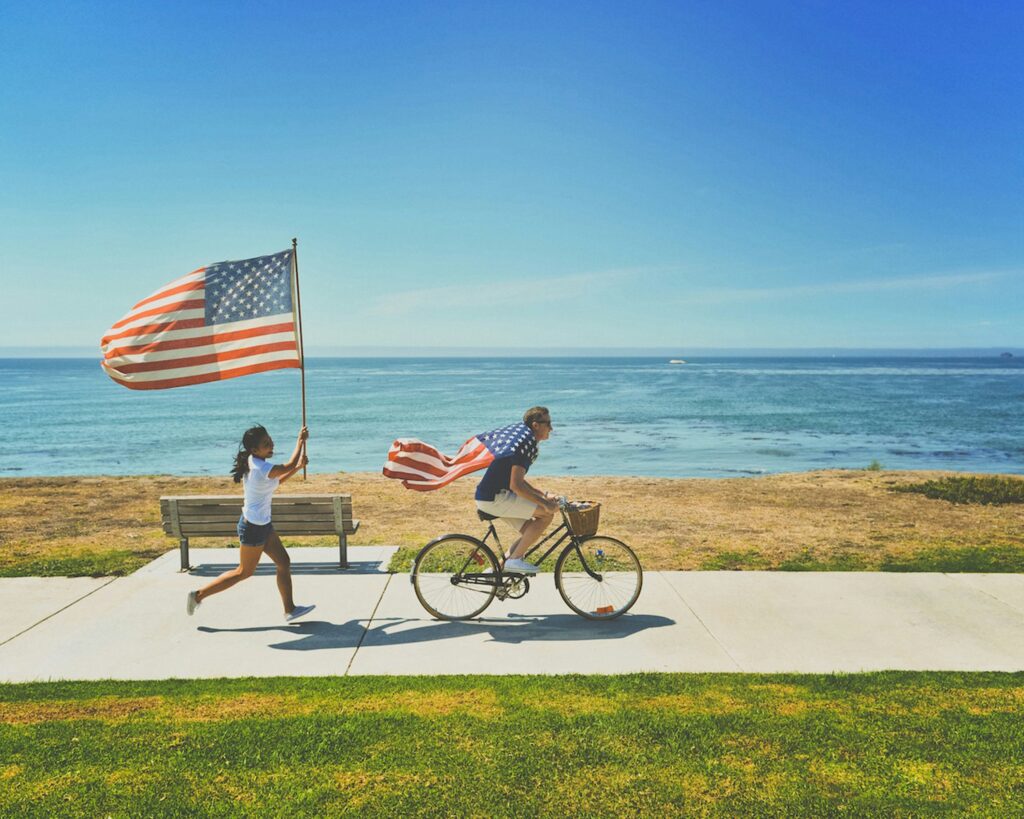
For an extensive period, the political divisions extant in the newly-crafted United States prevented the wholescale celebration of Independence. The country, much as it is today, was perilously polarized into violently opposed political camps. It wasn’t until the Federalists faded in popularity, around 1812, that the country could unite, if only for a single day, and roundly celebrate its hard-won self-determination.
Multiple Copies of the Original “Declaration of Independence” Exist

© Michael Flippo
| Dreamstime.com
The “Committee of Five” – Thomas Jefferson, John Adams, Benjamin Franklin, Roger Sherman, and Robert R. Livingston – that drafted the original document also created several additional copies referred to as the “Dunlap broadsides.” On July 5th, John Dunlap, a Philadelphia printer, disseminated the copies to local officials throughout the original 13 colonies. Of the hundreds of copies that were diffused amongst the population, only 26 copies survive. They remain, safely preserved, in museums and libraries across the country, with the exception of 3 that are privately owned.
A Pretty Penny

For most in the United States, the 4th of July is regarded as a holiday. As a consequence, most civilians spend the day celebrating, sometimes in excess. Intemperate merriment can be expensive, however, which is why the 4th of July has become a particularly lucrative commercial enterprise. American consumers annually spend approximately 9.5 billion dollars on foodstuffs, alone. An additional 2.3 billion is spent on further revelry and fireworks. Prior to the Civil War, businesses were commonly closed during the holiday. Yet, in today’s environment, it would be almost malpractice for a vendor to shut its doors to frequently inebriated and insouciant consumers on Independence Day.
Presidential Amend-making


John Adams and Thomas Jefferson, who would eventually become the 2nd and 3rd presidents of the United States, were also singular influences on the framing of the Declaration of Independence. Though they quickly became fast friends, both passionately devoted to the cause of American liberty, their relationship soured in later years.
Adams became the most vehement proponent of the system of federalism, in which power resided most concentratedly in the executive branch, disseminating power forthwith from there. He became the natural figurehead of the now-defunct Federalist Party. Jefferson, in contrast, largely advocated for the eminence of state’s rights, which he viewed as a more rational way to support the plight of the “common man.” Thought politically at loggerheads, the two eventually made amends of a sort, renewing their friendship through the frequent exchange of letters toward the end of their lives.
Fittingly, the two friends passed away on the same day, July 4th, 1826 – The 50th anniversary of the Declaration of Independence.
Fanatical Fireworks
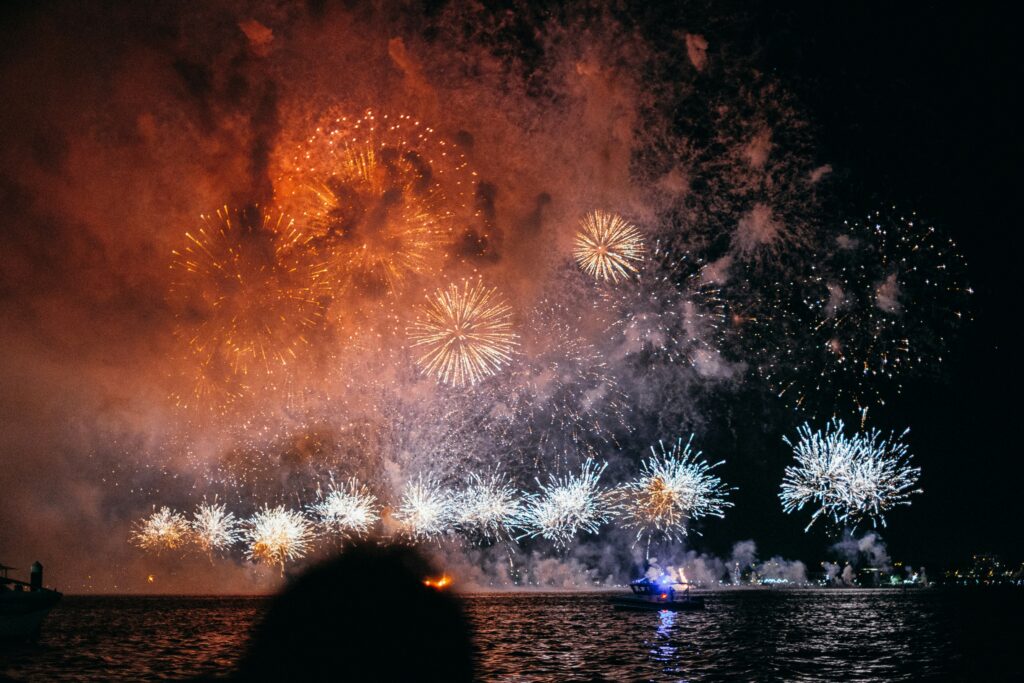
People have been fascinated with fireworks since as early as 200 BCE. Their association with Independence Day in America began the year after the Declaration of Independence was released, on July 4th, 1777; when, in Philadelphia, ships fired a 13-gun salute in honor of the 13 original colonies. Later that evening, an exhibition of fireworks was staged in the Philadelphia Commons, largely inaugurating the tradition for future generations. Philadelphia’s Evening Post corroborated the event, prosaically noting “The evening was closed with the ringing of bells and at night there was a grand exhibition of fireworks on the Commons, and the city was beautifully illuminated.
Off With His Head
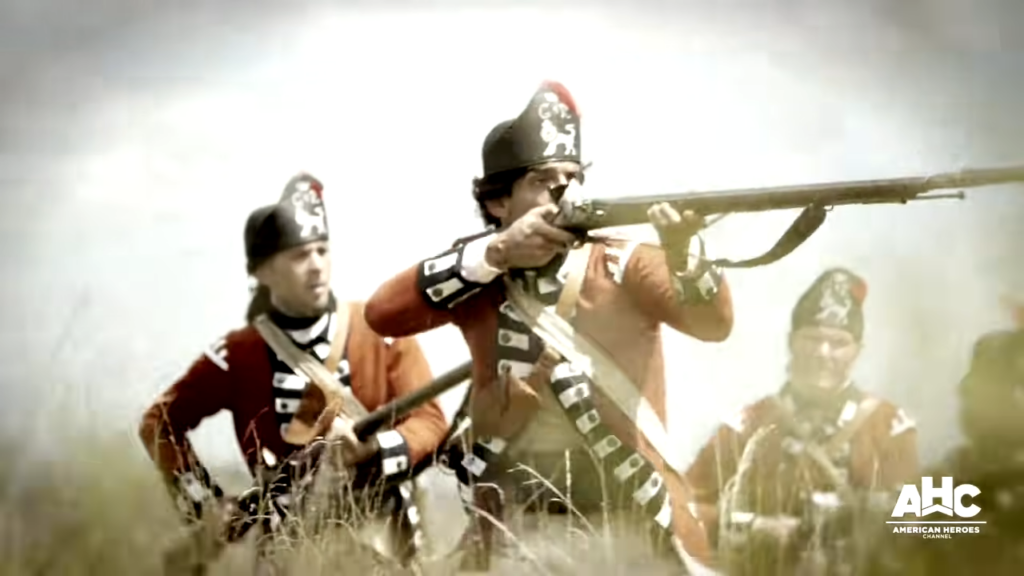
Revolutionary sentiment had been brewing for several before the onset of formal warfare between the British its disgruntled colonists; beginning with the Boston Massacre, the Boston Tea Party, and the ensuing skirmishes at Lexington and Concord. Exchanges in arms escalated further at the Battle of Bunker Hill, during which the colonists proved their mettle, confirming their capacity to withstand the superiority of the British forces.
As such, colonial troops and militias were stationed throughout the country once the Declaration was released. In New York, George Washington’s troops became particularly cantankerous, aggressively vandalizing a statue of George III. Ron Chernow, author of Washington: A Life, writes: “Reading of [The Declaration] led to such uproarious enthusiasm that soldiers sprinted down Broadway afterward and committed an act of vandalism: they toppled the equestrian stature of George III at Bowling Green, decapitating it, then parading the head around town to the lilting beat of fifes and drums.”
Even early on, zeal for revolution was contagious.
Lady Liberty

On the centennial celebration of America’s independence, France, a country without whom the US may not exist; gifted the expanding nation a picturesque statue to place in New York Harbor, near Ellis Island. Called the “Statue of Liberty,” it was built in France between 1874 and 1884 under the supervision of French sculptor Frederic-Auguste Bartholdi. Upon the tablet Lady Liberty is holding is engraved the date: July 4th 1776.
For further information on American sites and US history, reference the following links:
Top US Cities for Adventure Lovers
10 of Americas Most Important Landmarks


